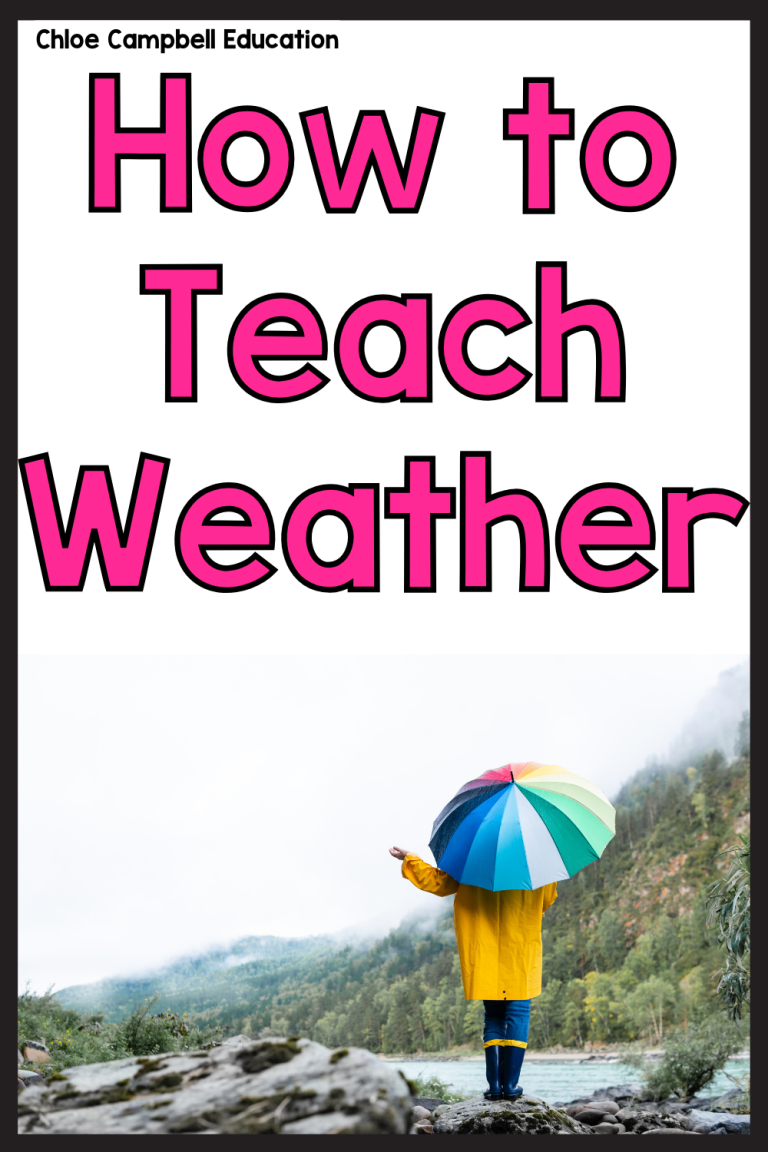Science Investigation Worksheets for the Scientific Method
Teaching the scientific method to 4th, 5th, and 6th graders is a great way to get students thinking like real scientists! The scientific method is more than just a series of steps – it’s a method of research that encourages young scientists to ask questions, form hypotheses, and conduct experiments. One of the best ways to guide students through this process is by using science investigation worksheets. These are the perfect tools to help students stay organized and understand the critical parts of the scientific process.

In this blog post, we’ll explore what the scientific method is, the skills your students need to master, and fun ways to incorporate it into your science lessons using science investigation worksheets. You’ll also find resources and ideas to make this engaging for your students.
What is the Scientific Method?
The scientific method is a process used to explore observations and answer questions. It involves a series of steps that scientists follow to solve problems and conduct research. The steps include:
- Ask a scientific question – What do you want to find out?
- Conduct research – Gather background information on the topic.
- Form an educated guess (hypothesis) – What do you predict will happen?
- Test the hypothesis by conducting an experiment.
- Collect data – Record what happens during the experiment.
- Analyze data – Look for patterns or results in your data.
- Draw a conclusion – Was your hypothesis correct?
Using science investigation worksheets is a great opportunity to help students practice these important steps while staying organized. These worksheets can act as a scientific method template that walks them through each step of their investigation, guiding them to record their data collection and results effectively.
Skills Students Need for the Scientific Method
When teaching the scientific method, there are several key skills your students will need to master. These skills are foundational for scientific inquiry and will be useful across all subject areas:
- Formulating a scientific question: Students should learn how to ask thoughtful, focused questions based on their curiosity.
- Developing hypotheses: This involves making educated guesses about the outcomes of their experiments.
- Identifying independent variables: Students should understand what part of the experiment they are changing and what the control group is.
- Data analysis: Encourage students to gather data in a data table and analyze their findings.
- Drawing conclusions: Students should be able to make connections between their hypothesis and the outcome.
Science investigation worksheets can be your students’ perfect tool for practicing all of these skills. They can record their predictions, experiments, and observations in a clear, organized way. Plus, it’s a fun way to keep students engaged!
Fun Ideas for Teaching the Scientific Method
Incorporating the scientific method into your classroom doesn’t have to be intimidating. Here are some fun ways to make the scientific process come alive for your students:
Reading and Scientific Method Activities: Use nonfiction texts to help students understand the steps of the scientific method. I have my students read passages about the scientific method, experiments & investigations, trials, and control groups. Then, using close reading skills we’ve learned to use, students answer comprehension questions about what they just read.
I provide some tools to my students as well, such as reading and annotation bookmarks, main idea graphic organizers, K-W-L charts, and more! A resource like this is a great way to reinforce experimental design concepts.
Science Experiments with Everyday Objects: You can easily tie the scientific method into almost any experiment. Try simple experiments that explore states of matter, simple machines, or the water cycle. Have your students create their own experiments using materials they find at home.
One that we use in my classroom that’s always a hit is paper airplanes! Students create paper airplanes to test, and we follow the steps of the scientific method as we complete the lab.
Interactive Worksheets: Printable science worksheets can guide students through the process of gathering and analyzing data. These interactive worksheets are ideal for reinforcing lab safety and data collection techniques.
Science Projects: Let your students take the lead by designing their science projects from scratch. Guide them through experimental design using science investigation worksheets. Encourage them to use their science notebook for planning and data collection.
Incorporating Technology: Have your students use tablets or computers to record their findings. This can make creating science investigation worksheets even more engaging, especially when they use digital tools to gather and analyze data.
Resources for the Scientific Method
When it comes to teaching the scientific method, there are so many resources available that can simplify the process. Here’s a list of helpful tools and ideas:
Worksheets: A scientific method worksheet is a must-have! These worksheets often include sections for the hypothesis, data table, and conclusion. You can find science investigation worksheets online, such as the ones available in my TPT store.
Science Lessons: Plan a lesson plan around the scientific method. In your science classes, build in time for students to work independently or in groups to develop their investigations. Consider focusing on different topics like earth sciences or physical science.
Graphic Organizers: Use graphic organizers to help students understand the basic principles of the scientific method. These can also help them break down complex ideas into more manageable parts.
Answer Keys: Provide an answer key for your students to reference once they’ve completed their science worksheet. This is especially helpful for reviewing the results of their own experiments.
The scientific method is a fundamental part of science education, and using science investigation worksheets in your classroom can help students organize their thoughts and explore science in an exciting, hands-on way. From asking questions to analyzing data, your students will be developing skills they can use throughout their scientific journey. By incorporating engaging resources and fun activities, you’ll be creating an environment where your students can thrive as they dive into the scientific process.
So the next time you’re planning your science time, grab a science investigation worksheet and watch your 4th grade, 5th grade, and 6th grade students transform into confident young scientists!











